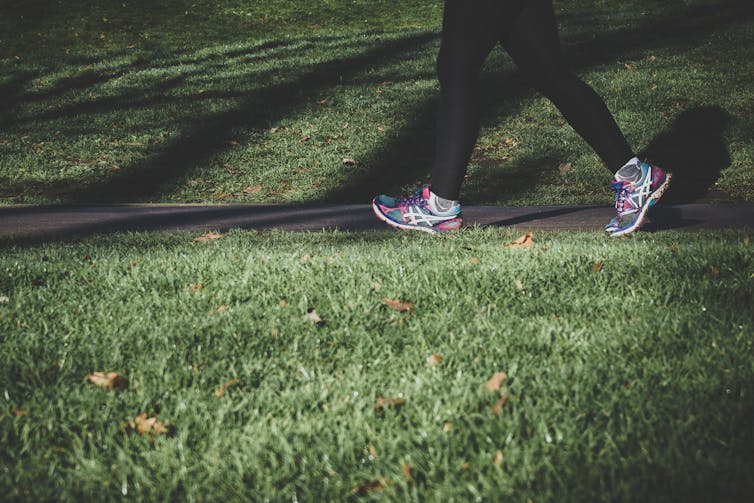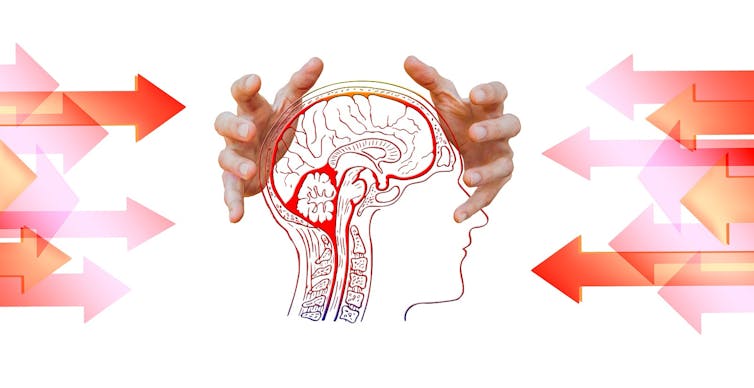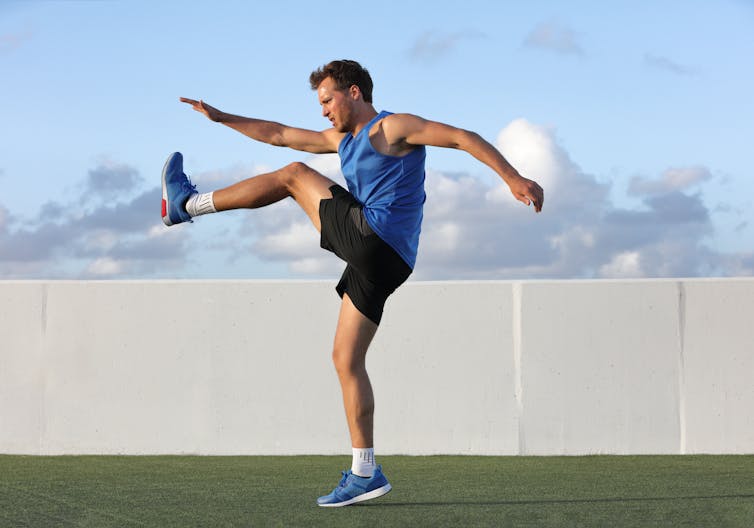Struggling a quarantine dip in temper? Suffering to search out motivation to do the rest? You aren’t by myself. Simply six weeks of persistent strain may end up in depressive signs, even in other people with out a prior prognosis. We’re previous that six-week level on this pandemic and you’ll be experiencing a depressed temper in contrast to the rest you’ve skilled sooner than.
Our analysis within the NeuroFit lab at McMaster College presentations that activity can save you stress-induced melancholy. A brisk 30-minute stroll 3 times per week is sufficient. However even beneath the most productive cases, just about part of younger adults and 70 in step with cent of older adults in finding it tough to be sufficiently lively for just right fitness.
Our newest analysis objectives to broaden an Workout Toolkit for Psychological Well being to make stronger other people all the way through this pandemic and at some point. However we’d like your assist. By means of collaborating in our survey, you’ll be serving to us collect the guidelines we want to supply a toolkit in response to the true cases that individuals are dealing with all the way through COVID-19.
Contents
One strain reaction for all stressors
An unlucky facet impact of the COVID-19 pandemic is its have an effect on on mental misery and intellectual fitness. Mental strain, corresponding to a war with a circle of relatives member, turns on the strain reaction in the similar means as a bodily danger. All of it begins within the mind stem with the activation of the hypothalamus and its two parallel axes: the SAM axis (sympathetic adrenal medullary) and the HPA axis (hypothalamic pituitary adrenal).

(Pixabay)
The SAM axis works temporarily. In the course of the sympathetic apprehensive device, it reasons a hurry of adrenaline into the blood, beginning the “battle or flight” reaction to unharness the frame’s most energy.
The HPA axis works extra regularly. It induces a cascade of hormones that ends up in the discharge of cortisol into the blood, which in flip liberates saved sugars from the liver and fats cells. This gives the frame with the power it must undergo the stressors over an extended time period.
In its acute shape, strain is if truth be told a just right factor as it wakes up your mind and frame for motion and is helping efficiency. On the other hand, in its persistent shape, there may be better reactivity and slower restoration of the strain reaction. That suggests the strain reaction is brought about extra simply, according to decrease ranges of strain, and takes longer to revert to a typical state. The result’s main pressure to the mind and frame that may end up in signs of intellectual and bodily sickness.
Continual strain of COVID-19 pandemic

(Piqsels)
This pandemic is amazingly traumatic. The abrupt halt to “existence as same old” and the concept that issues might by no means be the similar has compelled a speedy evolution in our collective self-identity. Because of this, many of us really feel like they’ve misplaced their position on this global. This provides further rigidity to day-to-day existence, making us extra reactive to apparently minor occasions, and this will play a big position in forecasting our long run mind fitness.
Beneath commonplace cases, other people reported just about a 50 in step with cent probability of getting a traumatic day. This quantity is most likely upper whilst individuals are beneath stay-at-home orders. Despite the fact that everybody feels worse on traumatic days, individuals who have extra excessive temper swings between traumatic and non-stressful days are at an larger possibility of growing melancholy and nervousness.
How lengthy will this final? No person in reality is aware of. Through the years, this uncertainty and loss of keep an eye on can regulate our response to different stressors. As an alternative of “battle or flight,” we “freeze,” feeling helpless and missing motivation. Those are signs of stress-induced melancholy.
Go-training the strain reaction with activity
Workout can assist. Despite the fact that it’s technically a stressor and turns on the strain reaction in the similar means as a mental stressor, the magnitude of the activity strain reaction is acute and controllable by means of enhancing depth and length. Like strengthening a muscle, activity “tones” the strain device in order that it will probably tolerate a better degree of strain with much less response and quicker restoration. This makes us extra resilient to all kinds of stressors, even the mental ones attributable to this pandemic.

(Unsplash)
Analysis from our lab and others presentations that about half-hour of moderate-intensity cardio activity 3 times weekly can spice up temper, cut back mental misery and reduce signs of melancholy and nervousness relative to people who are sedentary. When in comparison to antidepressant medication, this dose of activity is similarly efficient at treating stress-induced intellectual sickness with out the possible unintended effects of drugs, corresponding to nausea, fatigue or lack of urge for food.
On the other hand, the surprising closure of gyms and leisure amenities, the limited get right of entry to to public parks and trails and the closure of daycares and faculties might make it tougher for other people to be sufficiently lively for just right fitness.
We need to know the way you’re doing. We now have introduced a survey designed to investigate the present intellectual fitness standing brought about by means of the pandemic, and pinpoint boundaries fighting other people from common bodily job all the way through the pandemic. That knowledge will then be used to create an evidence-based bodily job toolkit, loose to the general public, by means of July 2020. For more info or to finish the survey, please talk over with: neurofitlab.ca/covid-19.html
Supply By means of https://theconversation.com/the-chronic-stress-of-coronavirus-is-affecting-your-mental-health-heres-how-exercise-can-help-137963




